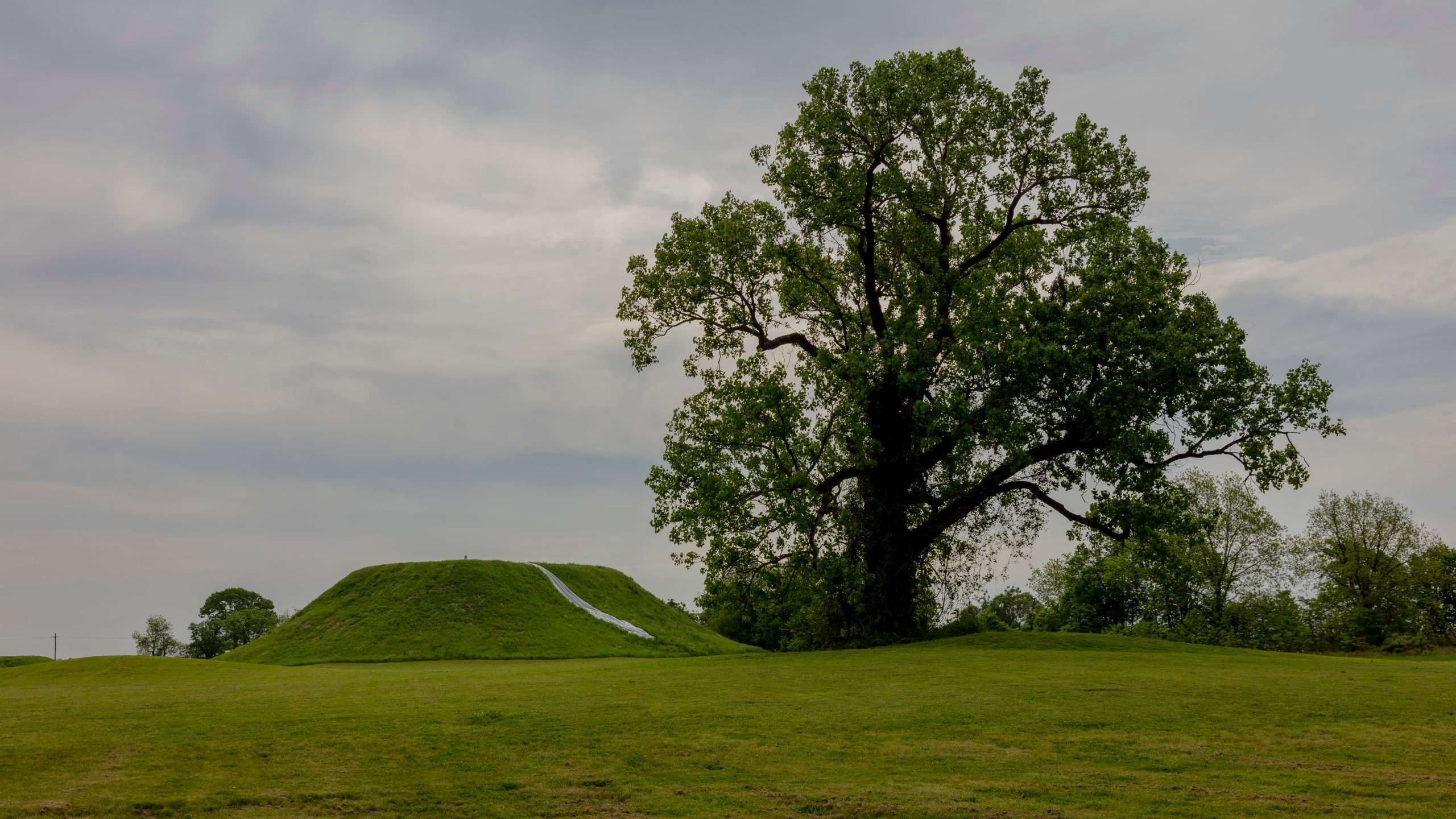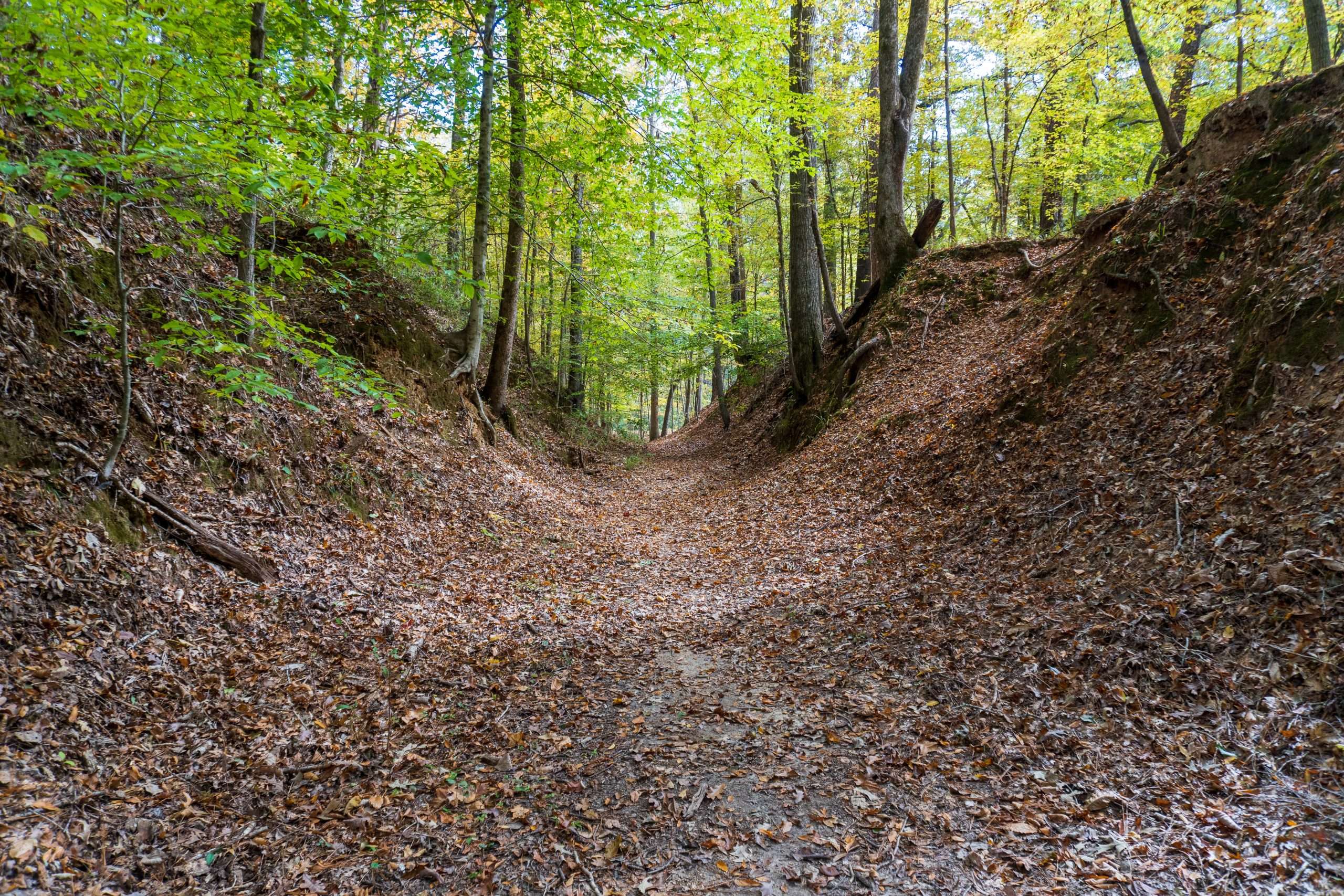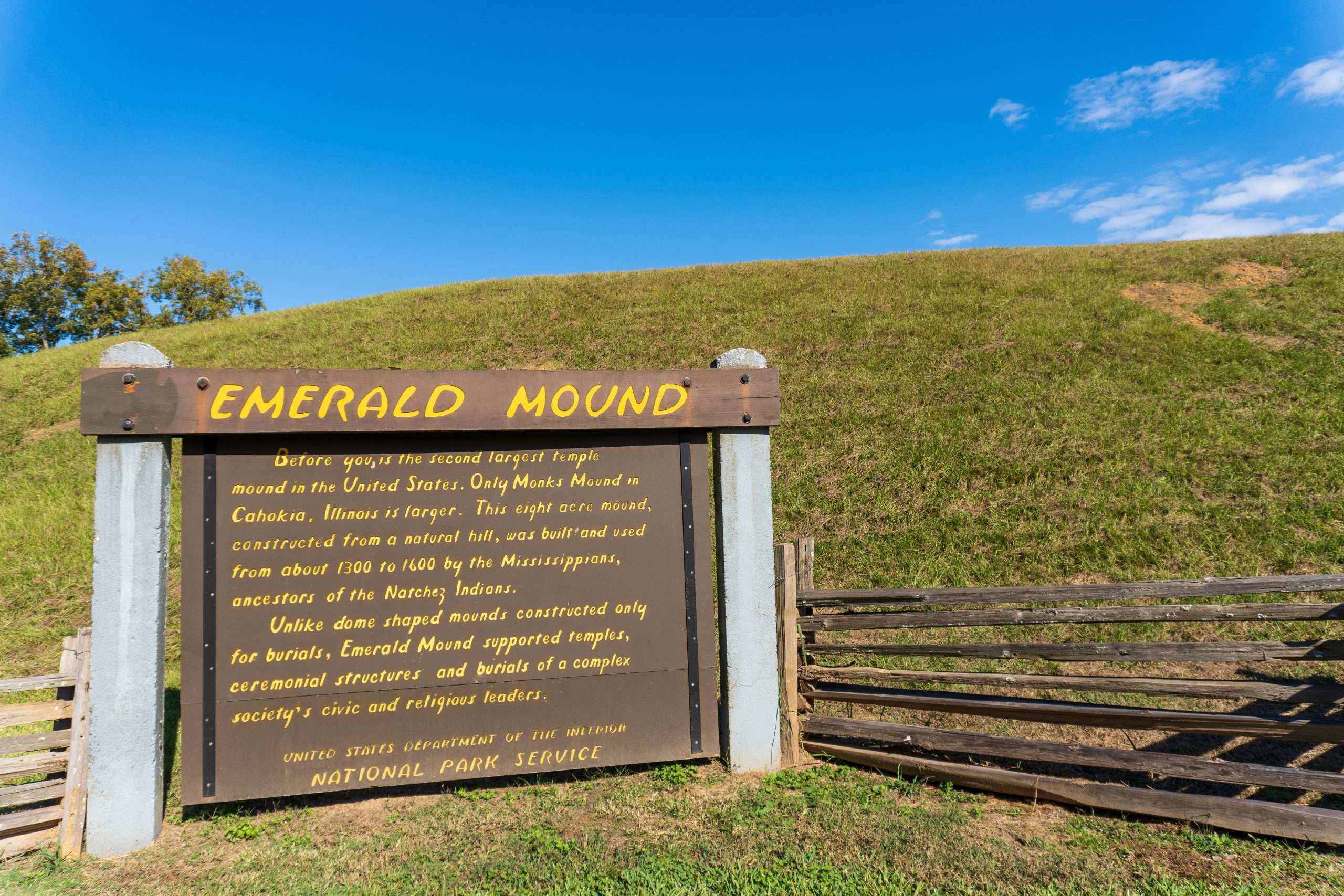Modest to Monumental: Mounds During the Archaic Period
Mississippi is home to a rich tapestry of history, much of which is woven by the Native American civilizations that once thrived in the region. Among the most striking and enduring legacies of these early inhabitants are the numerous mounds scattered across the landscape. These mounds, some modest in size and others monumental, are a testament to the engineering prowess and cultural complexity of Mississippi’s Native American societies.
Early Settlements and Mound Construction
The first known settlements in Mississippi were established by Native American groups during the Paleo-Indian period. As these early peoples began to settle into more semi-permanent communities, they left behind significant archaeological evidence in the form of mounds. These mounds are not mere heaps of earth; they are intricately constructed structures made from locally available materials such as clay, sand, and stone. These materials were meticulously sourced, carried in baskets, and carefully layered to achieve the desired shape and stability of the mounds (Mound Builders).

Types and Purposes of Mounds
Mississippi is home to over 5,000 documented mounds, each varying in size, shape, and function (Indian Mounds). Some mounds are simple and only a few feet tall, while others are colossal, standing several stories high and covering vast areas. These structures served a variety of purposes, reflecting the diverse cultural practices of the Native American groups who built them.
Ceremonial and Residential Platforms
Many mounds feature flat platforms or terraces at various levels, which may have been used for ceremonial or residential purposes. These platforms were created by building up layers of earth and then leveling them off. Access to these elevated areas was often facilitated by ramps, staircases, or other means, allowing people to ascend for rituals, ceremonies, or as vantage points for observation. The summits of many mounds were reserved for structures with religious or ceremonial significance. Temples, shrines, and other buildings were often erected on these elevated platforms, serving as focal points for the spiritual and communal activities of the Native American societies (Legends of America).
Burial Mounds

Some mounds, such as the Pharr Mound, served primarily as burial sites. Located along the Natchez Trace, Pharr Mound is part of a 90-acre complex containing eight burial mounds. These mounds often housed chambers or tombs constructed from stone, wood, and other materials, where the remains of important individuals or community members were interred.
Cultural Significance and Archaeological Insights
To the untrained eye, these mounds might appear as inconspicuous hills dotting the landscape. However, they hold a wealth of information about the cultures that built them. Artifacts such as pottery shards, ritualistic items, banner stones, and projectile points found within these mounds provide invaluable insights into the daily lives, spiritual beliefs, and societal organization of Mississippi’s ancient inhabitants (Ar-24).
The construction of these mounds required a high degree of coordination and labor, reflecting the social organization and communal efforts of the Native American groups. The mounds also indicate a deep connection to the land and a sophisticated understanding of engineering principles.
Preservation and Heritage
Today, the mounds of Mississippi are recognized as important archaeological and cultural sites. They offer a window into the past, revealing the ingenuity and resilience of the Native American civilizations that once flourished in the region. Efforts to preserve and study these mounds continue, ensuring that their stories and the heritage they represent are not forgotten.
In conclusion, the mounds of Mississippi stand as enduring monuments to the rich cultural history of Native American societies. They are not only impressive feats of engineering but also symbols of the complex social, religious, and cultural practices that shaped the early history of Mississippi.
Read more about the culture of the Archaic Period:
https://1onweb.com/echoes-of-the-mississippi-the-transition-into-the-archaic-period/
Citations:
Walker, A. A. (1998). Earliest Mound Site. Earliest Mound Site – Archaeology Magazine archive. Retrieved May 22, 2024, from https://archive.archaeology.org/9801/newsbriefs/mounds.html
Baca, K. A. (n.d.). American Indian Mounds Along the Natchez Trace Parkway. National Parks Service. Retrieved May 22, 2024, from https://www.nps.gov/natr/learn/historyculture/american-indian-mounds-along-the-natchez-trace-parkway.htm
Archaeological Report No. 24. “The Archaic Period In the Mid-South”. Mississippi Department of Archives and History. Retrieved May 29, 2024, from https://www.mdah.ms.gov/sites/default/files/2020-04/AR-24.pdf.
Legends of America. “Mound Builders of Mississippi”. Legends of America. Retrieved May 22, 2024 from https://www.legendsofamerica.com/ms-moundbuilders/.
Cal. McGehee. “Mounds of Mississippi: Creating an Accessible Database of Mississippi Native American Mounds”. Retrieved May 22, 2024, from https://storymaps.arcgis.com/stories/212294173f704f788ffbe8346eba2944.
John L. Gibson. “Moundbuilders”. Mississippi Encyclopedia. Retrieved May 24, 2024 from https://mississippiencyclopedia.org/entries/mound-builders/.
NRCS. “Indian Mounds”. NCRS. Retrieved on May 25, 2024 from https://www.nrcs.usda.gov/sites/default/files/2023-08/Indian-Mounds.pdf.
National Parks Service. “Pharr Mounds, Milepost 286.7” Nation Parks Service. Retrieved on May 25, 2024 from https://www.nps.gov/places/pharr-mounds.htm.
Images Courtesy of Adobe Stock.




















